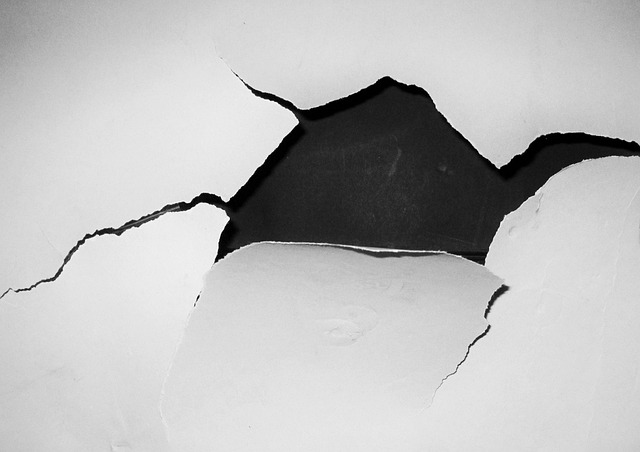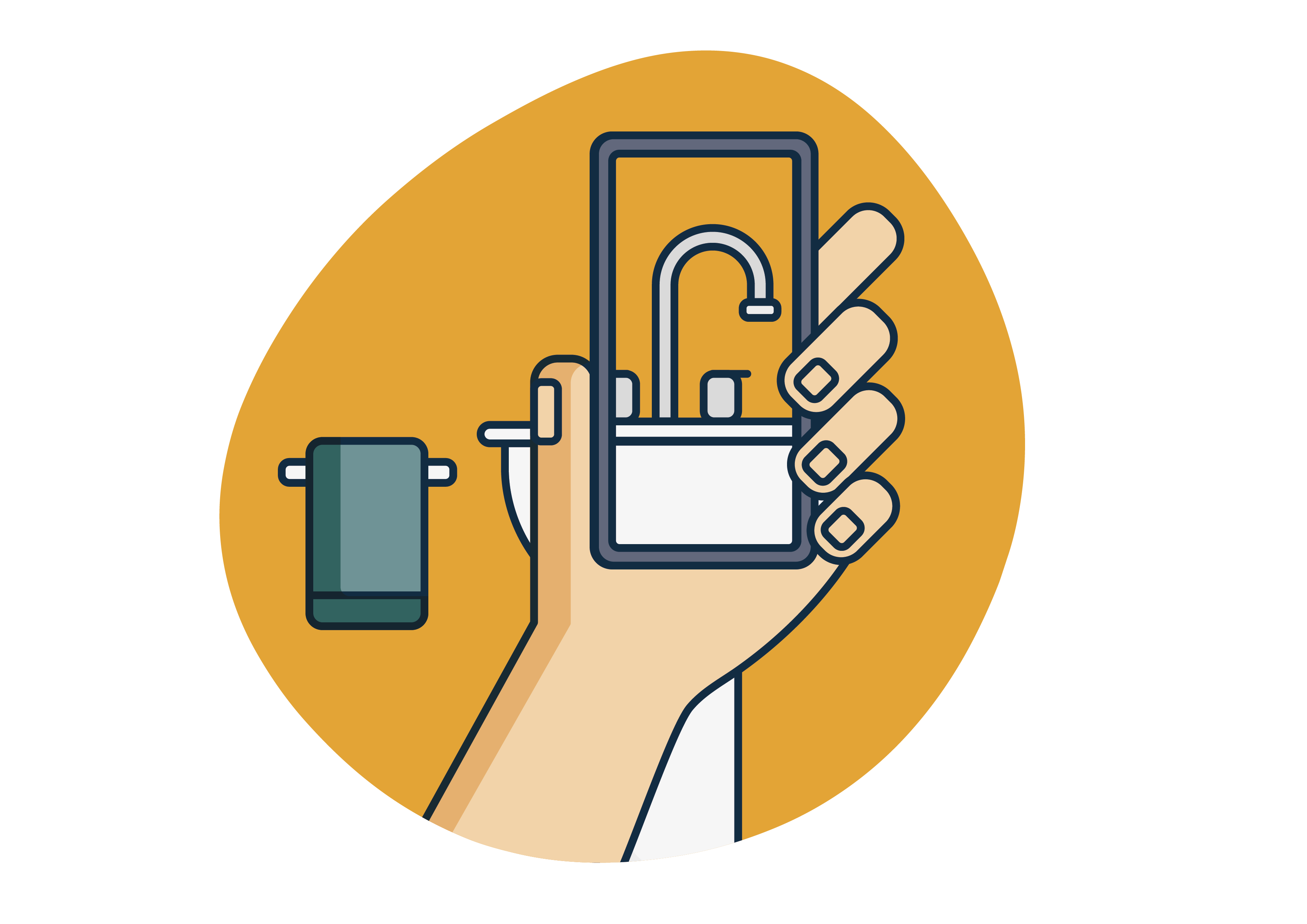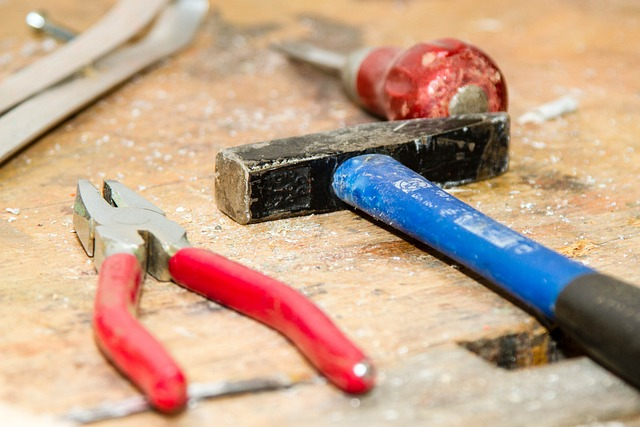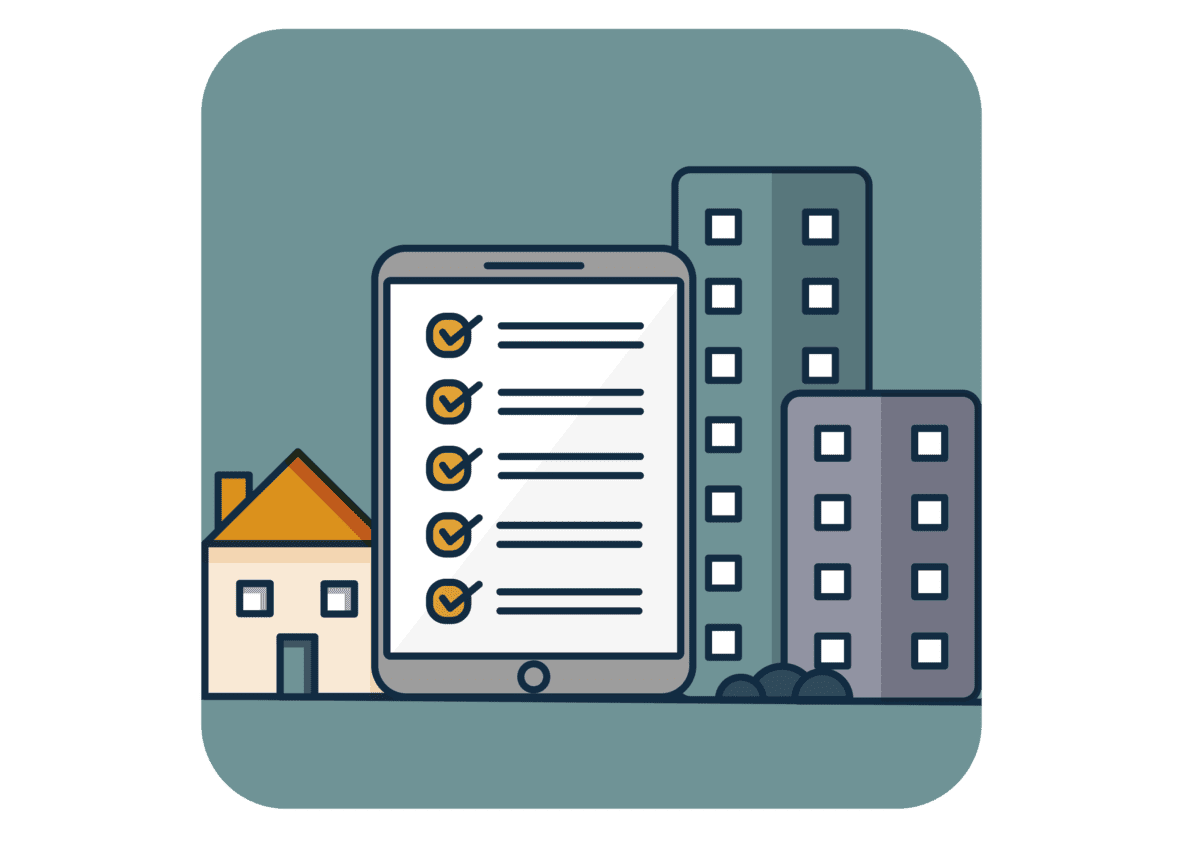If you want to know more about legal compliance, early issue detection, and maintaining positive landlord-tenant relationships then dive right into our ‘Thorough Inspection Property Checks’ article…
Key Takeaways
- Regular property inspections are crucial for legal compliance, early issue detection, and maintaining positive landlord-tenant relationships, ensuring the investment’s value and safety is upheld.
- Preparation is key; landlords should create a comprehensive inspection checklist, schedule inspections with proper notice, and maintain clear communication with tenants to ensure the process goes smoothly.
- Following an inspection, landlords must prioritize and address maintenance issues, document all repairs, manage tenant-related issues professionally, and perform post-inspection follow-ups to update records and plan future inspections.
The Importance of Regular Property Inspections

Property management, especially in the realm of property investment, greatly benefits from regular inspections of rental properties. They help maintain your investment, ensure legal compliance, detect maintenance issues early, and foster positive landlord-tenant relationships. Regular inspections serve as a reminder to tenants about their care duties for the property. They also help in the early detection of maintenance and safety issues, fostering a positive landlord-tenant relationship by allowing prompt attention to issues, thus reducing the risk of more significant problems down the line.
In a nutshell, a well-planned inspection can save you a heap of potential trouble and unexpected expenses in the long run.
Legal Compliance
Being a landlord comes with a set of legal obligations and safety regulations. Keeping abreast of these obligations is indispensable, especially the requirement for annual statutory inspections for gas, fire, and electrical safety. Compliance with health and safety requirements, such as installing smoke alarms on each floor and carbon monoxide detectors in rooms with solid fuel burners, is not only a legal requirement but also a vital measure that ensures your tenants’ safety.
By scheduling and recording these inspections, you not only keep your tenants safe but also protect yourself legally and financially.
Early Detection of Issues

Another significant advantage of regular property inspections is the early detection of potential problems. Small problems can escalate into significant repairs if left unnoticed, leading to more time and cost expenditure. Regular inspections ensure that the property remains clean and well-maintained, preventing damage caused by neglect.
It provides landlords with the opportunity to address maintenance and safety concerns before they worsen and become more costly to fix. The key here is diligence in managing repairs, prioritizing urgent issues such as significant plumbing problems.
Tenant Relationship Management
The relationship between a landlord and a tenant can be sensitive. Regular inspections, coupled with consistent communication, can enhance tenant satisfaction and increase the likelihood of lease renewals. Being accessible and responsive to your tenants, discussing inspections ahead of time, and setting clear expectations contribute to a positive rapport and proactive problem-solving.
Moreover, a trust-based relationship might even lead to less frequent inspections for trusted tenants, ultimately saving your time and effort.
Pre-Inspection Preparation
Some preparatory work is needed before commencing an inspection. This includes scheduling inspections, creating an inspection checklist, and communicating with the tenants. This preparation phase is critical to ensure the smooth execution of the inspection. It helps set clear expectations between you and your tenants, reducing misunderstandings and fostering a cooperative environment for the inspection process.
Scheduling Inspections
There is no universal approach to scheduling inspections. The frequency of inspections can be adjusted based on the type of tenants and the landlord’s relationship with them. While yearly inspections are often considered standard, in the first year of tenancy, bi-annual or even quarterly inspections are recommended to ensure property care. However, it’s essential to give tenants at least 24-hours’ notice before an inspection, ideally providing this notice in writing.
Creating an Inspection Checklist
During a property inspection, also known as a house inspection, a comprehensive checklist is your most reliable tool. It should include all aspects of the property, from structural components to minor fixtures. An effective inspection checklist facilitates comparison with past inspections and ensures that no area of the property goes unchecked.
Using a standardized template for inspection checklists can save time, promote consistency, and serve as an official record of the property’s state to prevent disputes.
Communication with Tenants
In the pre-inspection phase, maintaining clear and respectful communication with your tenants is vital. Always respect tenant rights and provide at least 24 hours’ notice before the inspection. If tenants are not present during the inspection, they should still be informed about the entry and reasons for the inspection.
Establishing a proactive communication routine and setting clear expectations contributes to a positive relationship and can aid in identifying issues before they escalate.
Key Areas to Inspect

Having prepared for the inspection, we can now focus on the essential areas during the procedure. These include the structural integrity of the property, plumbing and electrical systems, and safety features. Regular inspections, also known as landlord inspections, allow landlords to verify if tenants are fulfilling their responsibilities and caring for the property as agreed upon in the lease.
These inspections also serve an important function in identifying potential issues like dampness, mold, and infestations early, thus preventing their exacerbation over time.
Structural Integrity
Maintaining the property’s structural integrity is of paramount importance for its safety and longevity. This includes:
- Inspecting foundations for cracks or shifts
- Checking floors for unusual sloping or bouncing, which could indicate foundational issues
- Roof inspections, including checks for missing, loose, or damaged shingles
- Thorough evaluation of any accessible attic spaces for leaks or damages
Careful attention should be given to walls, ceilings, and floors for signs of wear and tear, structural stress, or damage.
Plumbing and Electrical Systems
Plumbing and electrical systems play a crucial role in the functionality and safety of the property. All taps and plumbing should be checked for leaks and drips to prevent them from developing into serious issues. The water heater should be checked for signs of corrosion, leaks, or outdated systems that may not be energy efficient or could pose a safety hazard.
Additionally, landlords must carry out gas safety inspections every 12 months and electrical inspections every five years to ensure safety and legal compliance.
Safety Features
When it comes to tenant safety, certain features should never be overlooked. Here are some important safety measures to consider:
- Smoke and carbon monoxide (CO) alarms should be tested during each inspection, with batteries replaced as necessary.
- Fire extinguishers should be checked for expiration dates and kept easily accessible.
- Fire blankets should be placed in the kitchen.
Emergency lighting or exit signs need to be present and properly placed, especially in properties with complex layouts or multiple units.
Addressing Maintenance and Repair Issues
After completing the inspection, you should address any maintenance and repair issues that have been identified. This could range from minor fixes to major repairs. How you handle these issues can significantly impact tenant satisfaction and the longevity of your property.
Each step, be it prioritizing repairs, communicating with tenants, or documenting repairs, contributes significantly to efficient property management.
Prioritizing Repairs

Not all repair issues are created equal. Some are urgent and pose an immediate risk to tenant safety and comfort, while others are routine maintenance tasks that can be scheduled for a later time. Identifying and prioritizing these tasks is essential to keep your property in good shape and to ensure tenant satisfaction.
Communicating with Tenants
Clear communication with your tenants is crucial when dealing with repair issues. Informing them of any necessary repairs and providing clear timelines for actions to be taken, helps to manage expectations and reduce potential conflicts.
Remember, clear, specific communication and the maintenance of written records are essential to manage and document the process of addressing repair issues.
Documenting Repairs
Documenting repairs is as important as carrying them out. Detailed records of the condition of the property, repairs made, and any tenant communications during the inspection process can help avoid potential disputes in the future. These records also serve as a useful reference for future inspections, helping you track the property’s upkeep over time.
Handling Tenant-Related Issues
Although property inspections mainly focus on the property’s condition, they can also uncover issues related to tenants in a rental property. These could include lease violations, unauthorized alterations, and disputes between the landlord and tenant.
Addressing these issues promptly and professionally is key to maintaining a positive landlord-tenant relationship.
Addressing Lease Violations
No landlord wants to discover a lease violation during a property inspection. However, if this does happen, it’s important to know how to handle the situation. Here are the steps to take:
- Review the terms of the lease agreement.
- Gather evidence of the breach, such as photographs or witness statements.
- Communicate directly with the tenant to discuss the violation and potential solutions.
By following these steps, you can address lease violations in a fair and effective manner, ensuring that only authorized individuals gain access to the property.
If the issue cannot be resolved through communication, legal action may be necessary, such as sending a breach of covenant letter or seeking legal advice for a court order for reinstatement.
Unauthorized Alterations
Unauthorized alterations to the property are another potential issue that can come to light during an inspection. Sometimes, these changes might be acceptable and can be formalized with a retrospective Licence to Alter. In other cases, the alterations might be unacceptable and require legal action to rectify the situation.
Regardless of the scenario, clear communication and a thorough understanding of your legal rights and the terms of the tenancy agreement are crucial.
Resolving Disputes
Disputes between landlords and tenants can arise for various reasons, including:
- Disagreements over repairs
- Misunderstandings about lease terms
- Issues with security deposits
- Noise complaints
- Maintenance and upkeep of the property
Handling these disputes requires open lines of communication, prompt attention to concerns, and respect for tenants’ rights, including quiet enjoyment, landlord access, and providing a tenant notice when necessary, especially in cases where a tenant refuses entry.
If a dispute cannot be resolved amicably, consider alternative dispute resolution methods like arbitration or mediation, or even seek legal advice.
Post-Inspection Follow-Up
The task is not over with the inspection. The process also involves a crucial post-inspection follow-up, encompassing reviewing inspection results, updating property records, and communicating outcomes with tenants. This stage allows you to take stock of the property’s condition, address any issues identified, and plan for future inspections.
Reviewing Inspect Checklist Results
Scrutinizing the results of the property inspection involves carefully analyzing the inspector’s report to understand the current state of the property and any immediate or future concerns. Providing tenants with the outcomes of property inspections, including any necessary repairs or estimated timescales for actions, ensures clear communication of issues or concerns.
This step allows you to plan and prioritize any needed repairs or maintenance issues.
Updating Property Records
Keeping your property records up-to-date is essential for effective property management. These records should reflect the current state of the property, including any changes identified during the inspection.
Detailed records of repairs and maintenance can also help you claim allowable expenses related to property upkeep during tax season.
Planning Future Inspections
The cycle of property management doesn’t end with one inspection. Based on your recent inspection, you can plan future inspections with adjusted frequencies based on the ongoing assessment of the property’s condition.
Conducting regular inspections, including a mid term inspection, perhaps every three months, is crucial for maintaining consistent monitoring and upkeep of your property.
Summary
Conducting thorough property inspections is a crucial aspect of successful property management. Regularly inspecting your rental property not only ensures its upkeep but also helps foster a positive relationship with your tenants. From initial preparation to post-inspection follow-up, each phase of the inspection process plays a crucial role in maintaining the value of your property investment. So, keep these tips in mind and make property inspections an integral part of your property management strategy.
Property Inspect Checklist FAQ’s
How do I inspect my property?
When inspecting your property, make sure to check for legal compliance and compare the condition against the inventory. Look out for loose handrails, damaged furniture, and the proper functioning of appliances and fittings. Always prioritize safety and maintenance during inspections.
Can you say no to a property inspection?
Yes, you can say no to a property inspection if the landlord’s visit is for reasons other than repairs or safety inspections, as you have the right to quiet enjoyment of your rental property. It’s also important to communicate with the landlord about your reasons for refusal to avoid any legal issues.
What happens after a property inspection?
After a property inspection, the letting agent or inventory company will make recommendations to the property owner regarding any changes to the property and who is liable for them.
How do I prepare for a property inspection?
Prepare for a successful property inspection by planning ahead, considering the questions to ask, and knowing what to look for to ensure thorough evaluation. Good preparation is key to a successful inspection.
Why are regular property inspections important?
Regular property inspections are important because they help maintain a safe and well-maintained rental property, ensure legal compliance, detect maintenance and safety issues early, and foster positive landlord-tenant relationships. Regular inspections can help address issues proactively, leading to better property management and tenant satisfaction.
More Reading
Read about the use of Videos
More Helpful Content
Visit our Homepage

